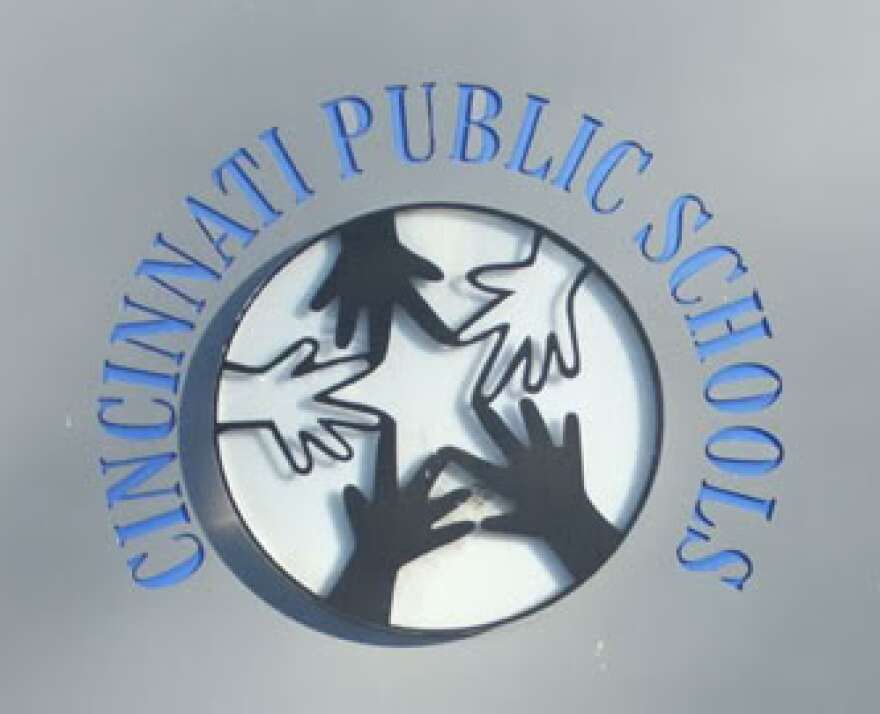The Cincinnati Public Schools Board is announcing a $657 million budget for the 2019-20 school year.
CPS officials say the goal of the budget is to fund more students and classrooms, expand choices, and sustain the district’s growth. It includes funding to recruit teachers, add classrooms, and create more individualized options.
The district is expanding to accommodate its boost in enrollment. New hires across the district include eight new school counselors, 25 math specialists, and 15 staffers who support the growing population of English as a Second Language (ESL) learners.
Michelle Dillingham is the coordinator for the Cincinnati Educational Justice Coalition. She says she is concerned that public tax dollars meant for schools are being used to hire the nonprofit organization Teach for America to find temporary teacher placements. The program recruits college graduates that didn't study education in college to teach in inner city communities. "You spend a lot of money on recruitment but if you're not retaining, its really not a good investment," Dillingham says. "So, we are bringing in people who are not committed to longer-term teaching roles. We are paying a middleman for finding these recruits and then we are not retaining them."
CPS board Vice President Ryan Messer says he questioned using Teach for America as well. "What I walked away with is we have to move heaven and earth to figure out how we become the district where diverse teachers want to come and work," he says. "In order to do that we first have to go and be able to connect with them and recruit them. This is an example of just another resource who has demonstrated the ability to identify diverse teachers."
29.5% of teachers are minorities.
According to CPS, $100,000 is allocated for the district to recruit all teachers. Another $100,000 goes to Teach for America.
This year CPS is opening Clifton Area Neighborhood School and Gamble Montessori Elementary School. Eight neighborhood schools will get a curriculum revamp that prepares students for life after CPS.
According to CPS' website, more than 4,000 new students enrolled in the district since 2013 and that number continues to climb. Officials are hoping to retain staffers and attract more students in hopes of keeping the momentum up.
Dillingham says she wants to see resource coordinators at each school to create partnerships that bring in investment and resources.
She believes the position is an important part of making schools the center of neighborhood life which is the goal of the community learning center model that CPS adopted in 2002. "This person's role is to pull in partnerships in the community," she says. "It can be from mentoring to identifying services like mental health counselors or different contracts that come for the schools. It can be as simple as bringing in people for the after-school program."
Dillingham says since CPS is underfunded, the position could create relationships with community members and businesses to fill the gap in resources.
According to CPS, a full-time resource coordinator in all schools is a part of their strategic plan. CPS says since grants from the Haile Foundation and Greater Cincinnati Foundation expired they are covering the cost of 44 resource coordinators. "Over the next three years, we will continue to work with our community partners to identify new sources of funding and partnerships we can leverage to have a resource coordinator in every school," CPS Communications Officer Lauren Worley says.


